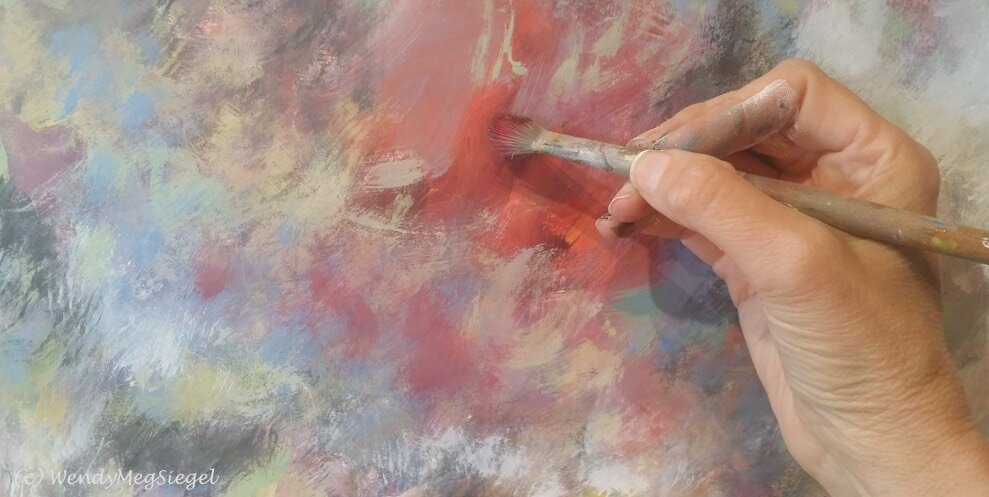What an extraordinary journey it is to develop trust in our own individual creative voice and embrace the power of self expression. It puts us on the path of exploration, where we can connect with our soul to discover unique ideas and perspectives. With every decision we make and every thread of interest we follow, we are paving the way along our creative path.
Trusting in our creative voice requires letting go of self-doubt and embracing any feelings of vulnerability that may arise. It is through this surrender that we find the courage to push boundaries, explore new techniques, and uncover hidden depths within ourselves.
We all have a distinct and very individual creative vision, perspective, and point of view. It has been shaped by life experiences, family and environmental influences, and our particular exposure to people, places, and events. Our artistic expression reflects all of these factors which come together to form a tapestry of our own.
So, let your imagination take you on a journey to greater self awareness and a personal exploration of what lies within. Through the act of playful experimentation and the courage to step into creative adventures, you can build trust in how your vision shows up and where it will lead.








